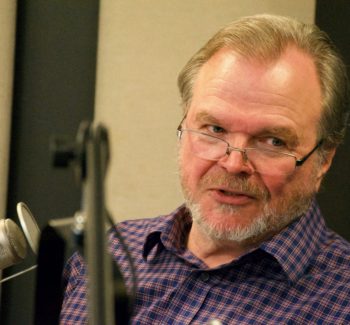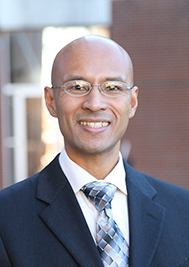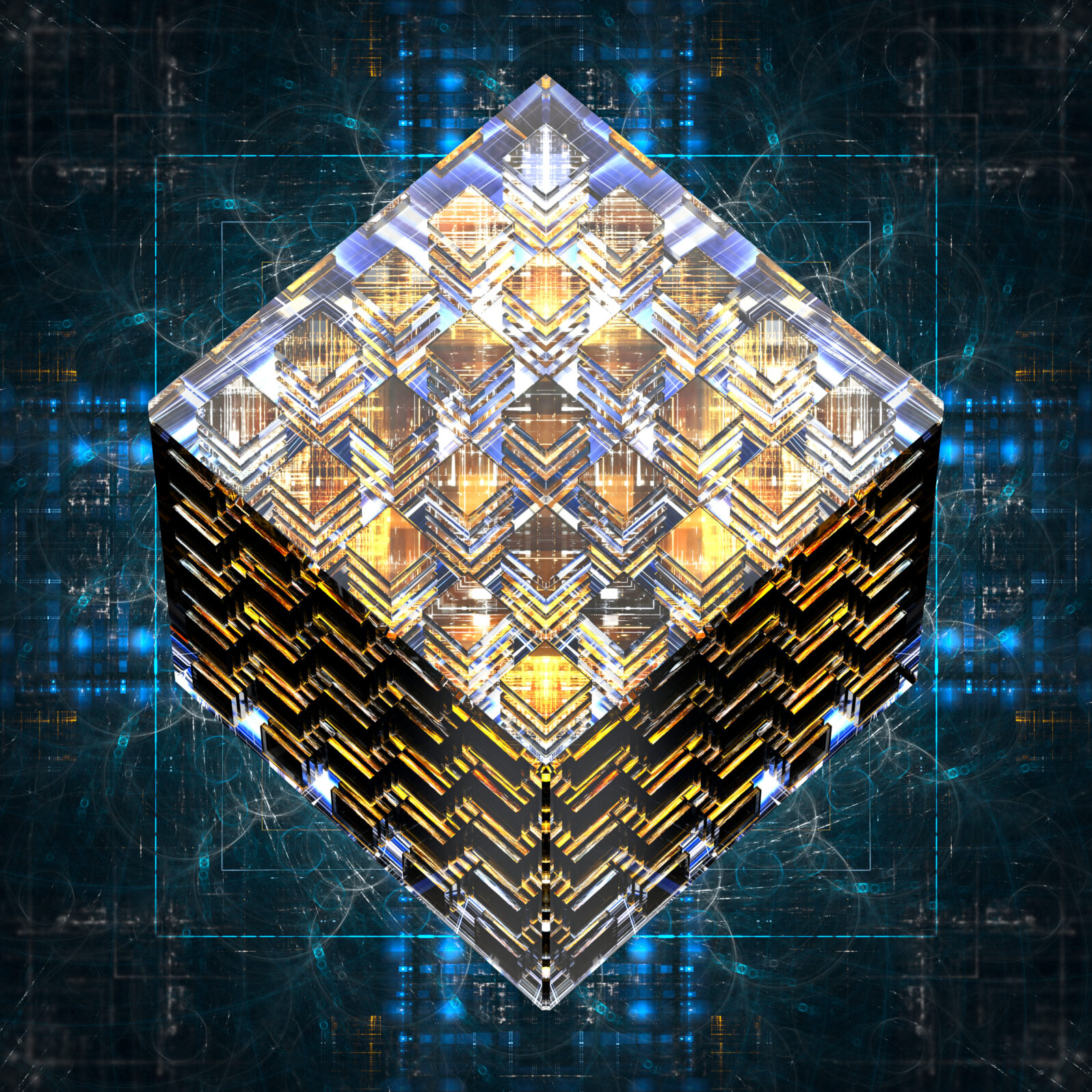Why Google’s “Quantum Supremacy” Isn’t Changing Much—Not Yet
Quantum computing was suggested by physicist Richard Feynman in 1982; the supremacy battles are quite recentIn last week’s podcast, “Enrique Blair on quantum computing,” Walter Bradley Center director Robert J. Marks talks with fellow computer engineer Enrique Blair about why quantum mechanics is so strange but important to our future. One thing they discussed was Google’s claim to quantum supremacy. What does it mean? Does it matter?
The discussion of quantum supremacy begins at approximately 47:55. The Show Notes and transcript follow.
Excerpts from the transcript:

Robert J. Marks (pictured): Google recently announced they had achieved quantum supremacy. What is quantum supremacy, and how does that relate to the quantum computer and the other computers that we use today?
Enrique Blair: It’s a pretty interesting buzzword. Maybe the first thing to mention is what it’s not. I think that people might hear quantum supremacy and think that it means that now quantum computers will do everything that a classical computer can do, but better and faster. Really, quantum supremacy is a much lower bar than that. Google has created a task that is extremely hard for classical computers, but they demonstrated that they can do it in about 200 seconds.
The problem that they built is to characterize a random quantum circuit. They had this configurable quantum circuit and they set it up in a randomized sort of fashion, and then they want to calculate the probability distribution. With a certain number of qubits, say N qubits, you get two to the N possible outcomes. They’re working with 54 qubits, but one of them was broken, so they actually only had 53 qubits.
But that’s really a computationally intensive task to simulate classically, because now you have just numerous probabilities to calculate. They sampled the output of this quantum circuit in about 200 seconds. To get that same characterization, an equivalent characterization classically, they’re estimating that it’s going to take 10,000 years.
Robert J. Marks: If you used a normal computer?

Enrique Blair: Not just any normal computer, but a supercomputer at… I believe it’s Oak Ridge National Labs.
Note: Just recently, a Chinese team announced that they had used a photon-based quantum computer “to perform a computation which had been mathematically proven to be practically impossible on normal computers. The team achieved within a few minutes what would take half the age of Earth on the best existing supercomputers.” (Nature, December 3, 2020) The paper is open access.
Robert J. Marks: Well, the future of quantum computing is hopefully certain. Countries, businesses, are all trying it, and all trying to be the first one to actually generate this quantum supremacy. I believe it was Richard Feynman that originally suggested it.
Note: The colorful physicist Richard Feynman (1918–1988) suggested it in a 1982 paper, Simulating Physics with Computers. One issue is, “we will soon be reaching the physical limitations on how small we can make a transistor that will be deterministic rather than itself being driven by quantum effects.”
Robert J. Marks: The other thing we’ve talked about is Shor’s algorithm. Shor’s algorithm would make most of the encryption use today obsolete. But there is good news at the end. Because if we’re able to use quantum mechanics to make encryption obsolete, we can also use quantum computing or quantum effects to actually have an encryption which quantum computing can’t beat. And that’s referred to as quantum communication.
Note: “The algorithm is significant because it implies that public key cryptography might be easily broken, given a sufficiently large quantum computer. RSA, for example, uses a public key N which is the product of two large prime numbers. One way to crack RSA encryption is by factoring N, but with classical algorithms, factoring becomes increasingly time-consuming as N grows large; more specifically, no classical algorithm is known that can factor in time O((log N)k) for any k. By contrast, Shor’s algorithm can crack RSA in polynomial time. It has also been extended to attack many other public key cryptosystems.” – “Shor’s factoring algorithm,” Quantiki
Next: How spooky “quantum collapse” can give us more secure encryption
Here are the earlier discussions:
How quantum computing can and can’t help us here in Macro World. Quantum computing could easily break down current encryption schemes. Quantum computing can help us create much safer encryption in exchange but currently it requires very cold temperatures in order to work.
“Spooky action at a distance” makes sense— in the quantum world. Einstein never liked quantum mechanics but each transistor in your cell phone is a quantum device. The fact that the spooky quantum world is real means that quantum computing could greatly reduce computers’ drastic environment impact.
The final ambiguous truth about Schrödinger’s cat. Schrödinger came up with the cat illustration to explain quantum mechanics to interested people who were not physicists. We don’t see quantum paradoxes outside the lab because everything we see consists of far too many quantum subsystems for any one particle to stand out.
How scientists have learned to work with the quantum world.
It’s still pretty weird, though. Wave function mathematics can work with particles that may be in different places (quantum superposition). QM can also generate truly random numbers we can use.
and
Here’s why the quantum world is just so strange. It underlies our universe but it follows its own “rules,” which don’t make sense to the rest of us. Computer engineer Enrique Blair explains to Robert J. Marks the simple experiment that shows why so many scientists find the quantum world “mind-blowing.”
Show Notes
- 00:54 | Introducing Dr. Enrique Blair, a professor of electrical and computer engineering at Baylor University
- 03:08 | The history of quantum mechanics
- 13:16 | Quantum superposition
- 21:50 | Schrödinger’s cat
- 27:45 | Why didn’t Einstein like quantum mechanics?
- 28:51 | Quantum entanglement
- 32:58 | Applications of quantum mechanics
- 34:53 | Quantum dots
- 37:31 | Quantum computing
- 43:48 | The use of quantum computers
- 47:55 | Quantum supremacy
- 55:32 | Quantum communication
- 58:47 | The future of quantum computing
Additional Resources
- Enrique Blair’s website
- Copenhagen Interpretation of Quantum Mechanics at Standford Encyclopedia of Philosophy
- Young’s double-slit experiment at Encyclopædia Britannica
- Planck’s explanation of black-body radiation at Encyclopædia Britannica
- Quantum superposition at Wikipedia
- Nobel Prize in Physics 1932 — Werner Heisenberg
- Nobel Prize in Physics 1933 — Erwin Schrödinger
- Many-Worlds Interpretation of Quantum Mechanics at Stanford Encyclopedia of Philosophy
- Schrödinger’s cat at Wikipedia
- Quantum entanglement at Wikipedia
- Quantum bit (qubit) at Wikipedia
- Quantum dots at Wikipedia
- Shor’s algorithm at Wikipedia
- RSA at Wikipedia
- Grover’s algorithm at Wikipedia
- Quantum supremacy at Wikipedia
- IBM on Google’s claim of quantum supremacy
- Quantum communication at MIT Technology Review
- Adiabatic quantum computation at Wikipedia
